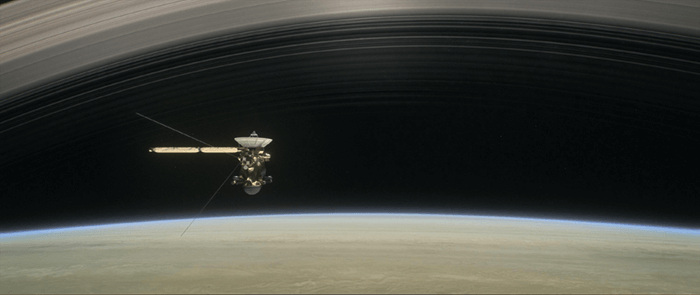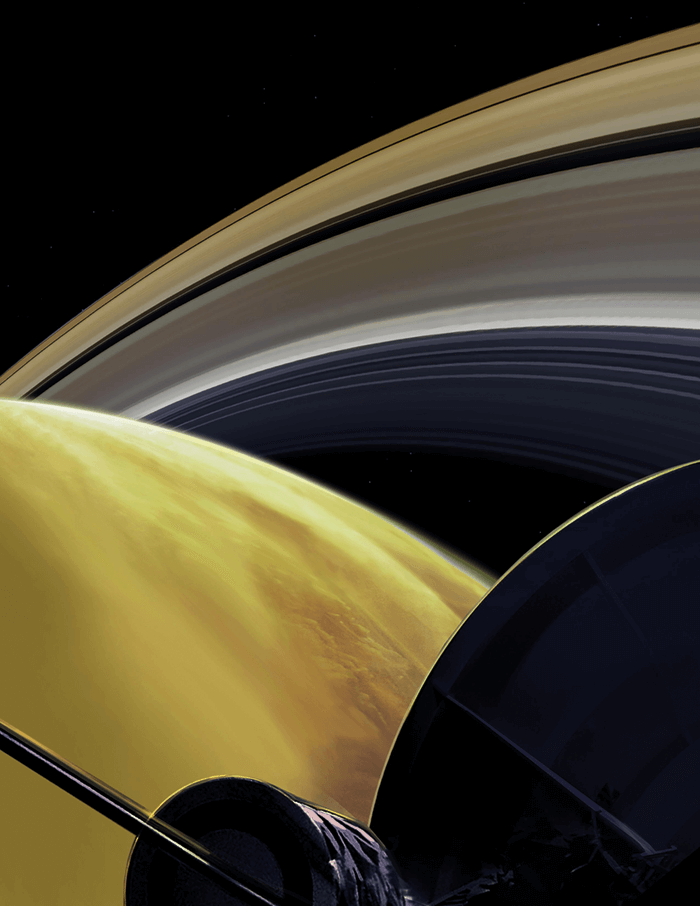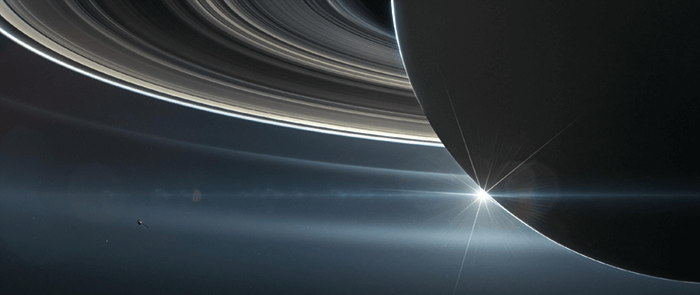What?
NASA’s Cassini spacecraft has managed to analyze the chemical complexity of Saturn’s atmosphere, overturning existing theories on the molecular composition of the planet’s distinctive rings. Previously thought to be chiefly comprised of water, the rings were found to be composed of water, methane, ammonia, carbon monoxide, molecular nitrogen and carbon dioxide – which are being expelled into the planet’s atmosphere at a rate ten times faster than previously believed.



How?
The Ion and Neutral Mass Spectrometer (INMS) on Cassini recorded the data as part of its “Grand Finale,” a series of five dramatic plunges through Saturn’s rings, culminating in a final dive into the planet’s atmosphere in September 2018. The spacecraft has been recording data for around 13 years.
Who?
Cassini’s INMS team. Thomas Cravens, co-author of a paper describing the findings (1) said, “My interest was in the ionosphere, the charged-particle environment […] Per atom, it’s pretty energetic stuff because of the speed differentiation between the rings and the atmosphere. We think it may be heating the upper atmosphere, changing its composition.”
What next?
Though there is no future for Cassini – which vaporized soon after entering the planet’s upper atmosphere – the authors believe we are a step closer to understanding the formation of planetary rings. Cravens said, “This is a new element of how our solar system works.”
References
- JH Waite Jr et al., “Chemical interactions between Saturn’s atmosphere and its rings”, Science, (Epub) 362 (2018).




